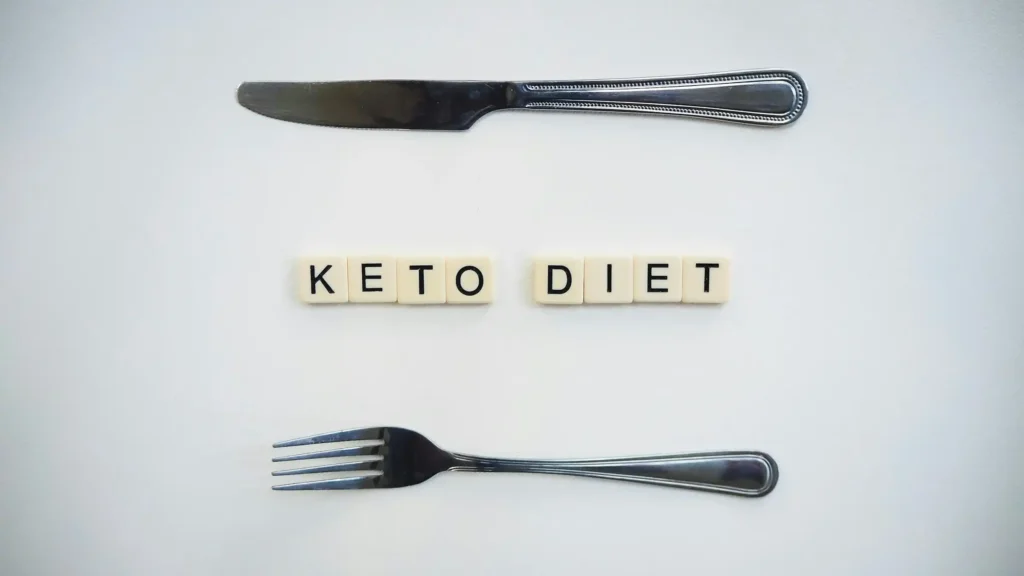
Starting the ketogenic diet can completely transform your health, but only if you do it correctly. The goal is to switch your body’s fuel source from sugar to fat. When you burn fat for energy, your body produces ketones, which provide a steady, powerful source of fuel.
This guide explains how to start keto step-by-step — from controlling insulin to choosing the right foods and meal timing for maximum fat burning.
Understanding Insulin and the Ketogenic Diet
The hormone insulin determines whether your body burns sugar or fat. High insulin levels keep you in fat-storage mode, while low insulin levels allow fat burning. To lower insulin, you need to reduce your carbohydrate intake and eat fewer meals.
Eating less often doesn’t mean eating less food — it simply means fewer eating sessions per day. Each time you eat, insulin spikes, so eating fewer meals helps control that spike naturally.
What to Eat on the Ketogenic Diet
The first rule of keto is simple: eat low-carb meals. That means eliminating sugar in all its forms — including honey, agave nectar, brown sugar, and date sugar. Replace them with sugar alcohols or natural alternatives.
Avoid fruits, except small portions of berries like strawberries, raspberries, and blackberries. Eliminate grains such as wheat, bread, pasta, cereal, crackers, and biscuits. Almond flour is a great substitute for baking, while cauliflower works well as a substitute for potatoes or pizza crust.
Vegetables Are Essential in the Ketogenic Diet
Even though keto is low-carb, vegetables are a must. They provide fiber, vitamins, and minerals that keep your metabolism and gut healthy. Aim for at least seven cups of vegetables daily.
Leafy greens like kale, spinach, cabbage, and broccoli are excellent choices. Vegetables like carrots, tomatoes, and beets can also be eaten in moderation. Eating vegetables first helps you feel fuller and ensures you get enough nutrients before your protein and fat portions.
Moderate Protein Intake When You Start Keto
Protein should be consumed in moderate amounts — not excessively, as in high-protein diets like Atkins. A portion of protein about the size of your palm is ideal for most people.
Choose natural protein sources such as meat, fish, chicken, seafood, eggs, cheese, and nut butters. Read ingredient labels carefully to avoid added sugars. For example, deli meats, bacon, and even peanut butter can contain dextrose or hidden sweeteners.
Avoid lean protein and low-fat versions. Fattier cuts of meat or fish help stabilize insulin and keep you feeling full longer.
Healthy Fats in the Ketogenic Diet
The ketogenic diet emphasizes high-quality fats as the main energy source. Good fats include avocado, butter, olive oil, coconut oil, nuts, and cheese. Cooking vegetables with butter or olive oil improves nutrient absorption, since many vitamins are fat-soluble.
Avoid inflammatory oils such as soy, corn, canola, safflower, and sunflower oil. These are often genetically modified and chemically processed, which can lead to inflammation and health issues.
Intermittent Fasting and Meal Timing
Combining intermittent fasting with keto is one of the fastest ways to reach ketosis. Start by reducing meal frequency. The rule is simple: don’t eat unless you’re truly hungry.
True hunger feels like low energy, slight shakiness, or irritability — not just a habit or craving. Try skipping breakfast and having your first meal around noon, followed by dinner around 6 PM. This creates an 18-hour fasting window and a six-hour eating window.
Skipping breakfast can be easier if you drink coffee with butter or MCT oil. These fats provide immediate ketones for energy and make the fasting transition smoother.
Avoid Snacking While on Keto
Snacking throughout the day triggers insulin and prevents fat burning. If you find yourself hungry between meals, increase your fat intake during your main meals. More fat helps you stay full longer and makes intermittent fasting easier.
You can drink water, black coffee, or unsweetened tea between meals — they won’t affect ketosis.
Getting Started with Keto the Right Way
To start the ketogenic diet properly, focus on three things:
- Keep carbs very low.
- Eat moderate protein with healthy fats.
- Space your meals out with fasting periods in between.
Once your body adapts, you’ll experience steady energy, improved mental focus, and reduced cravings.
For additional nutritional guidance, visit Harvard School of Public Health’s Nutrition Source.